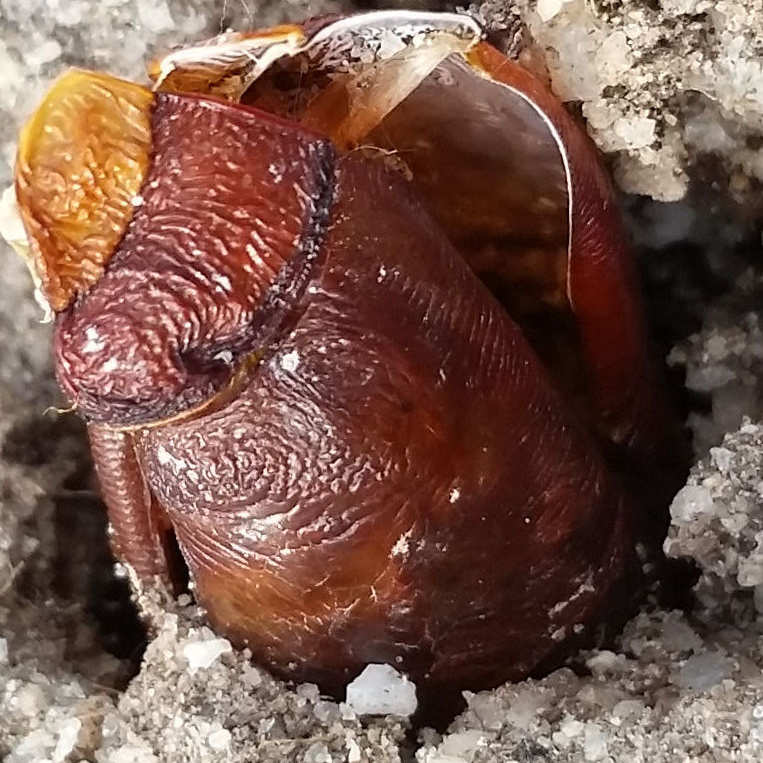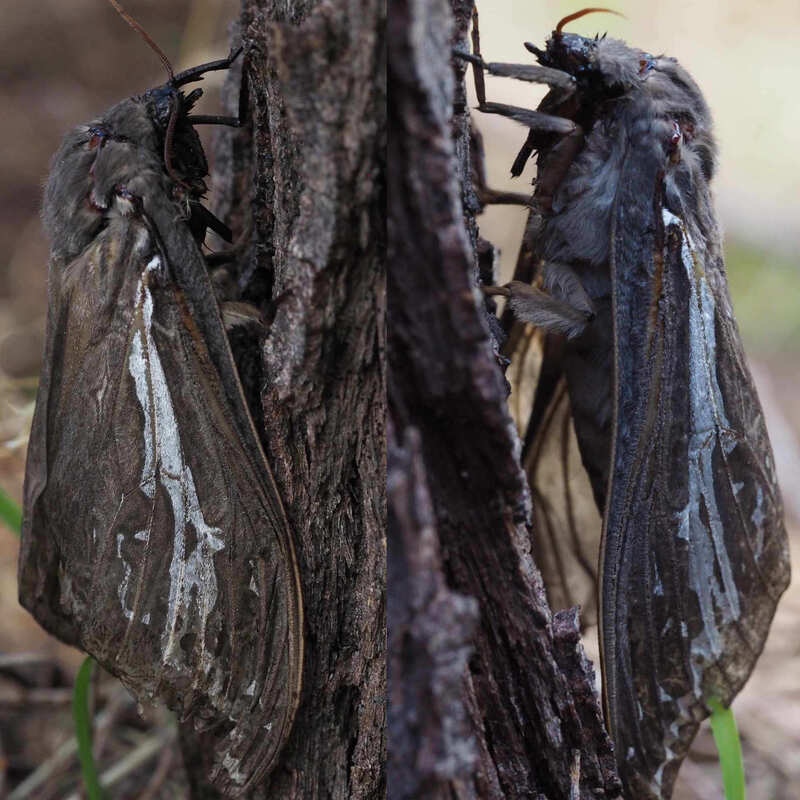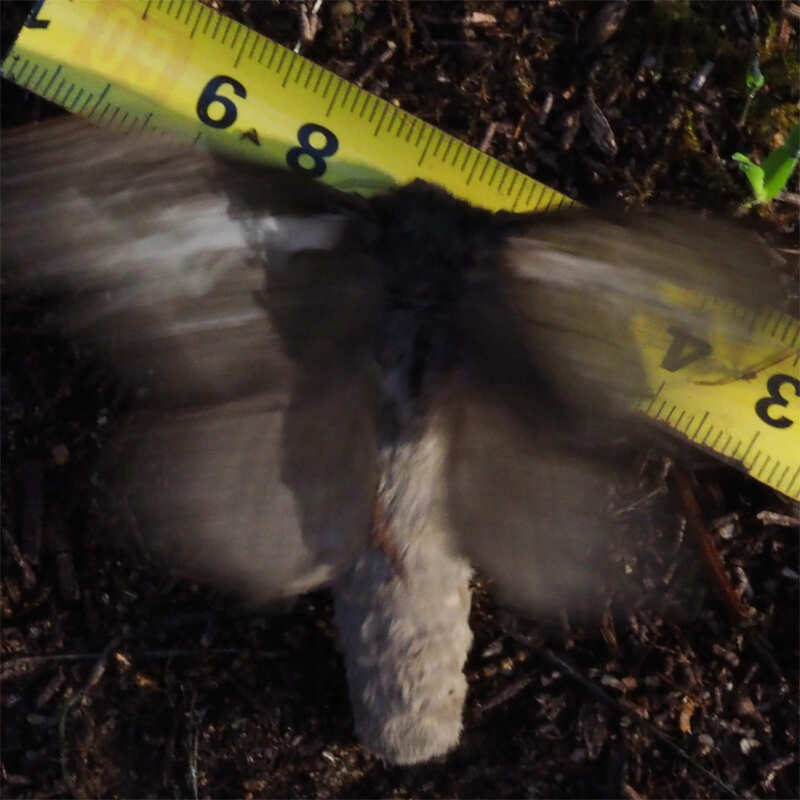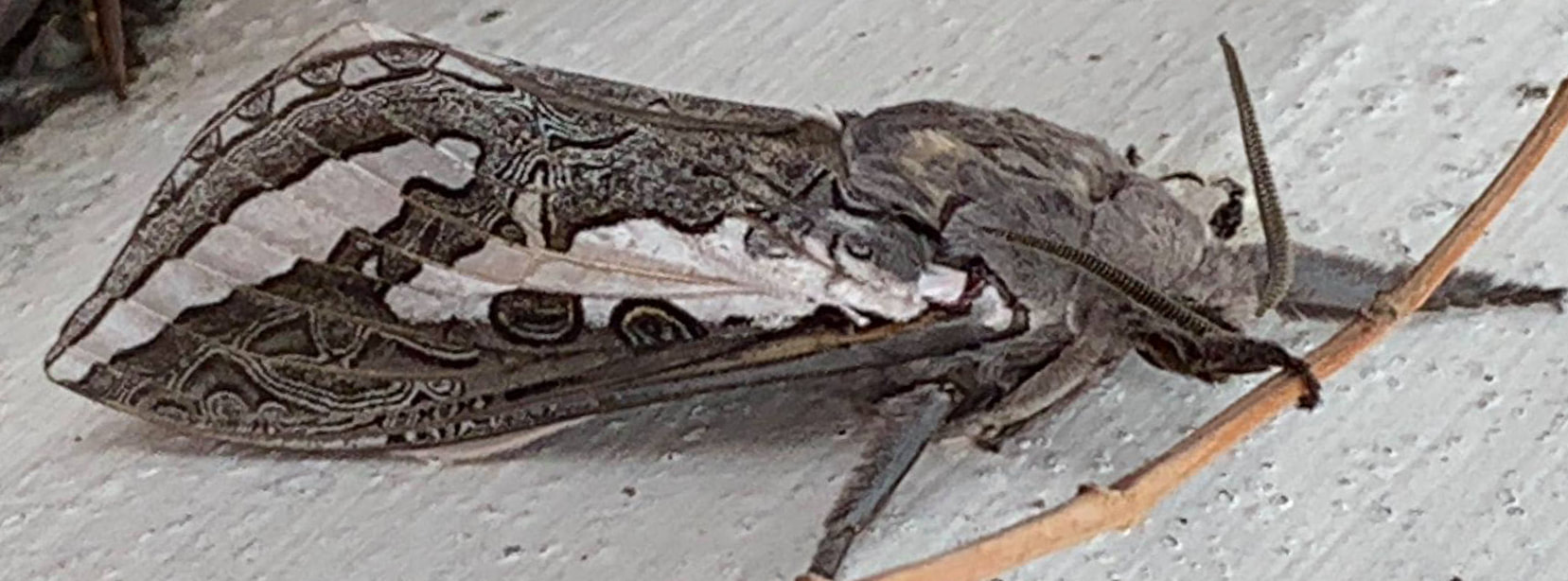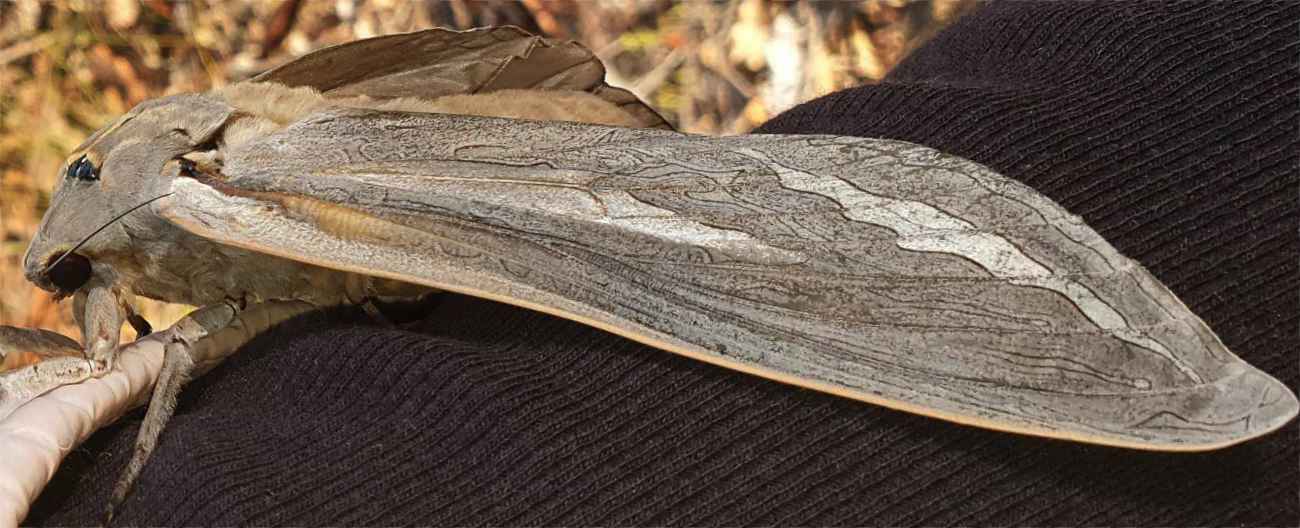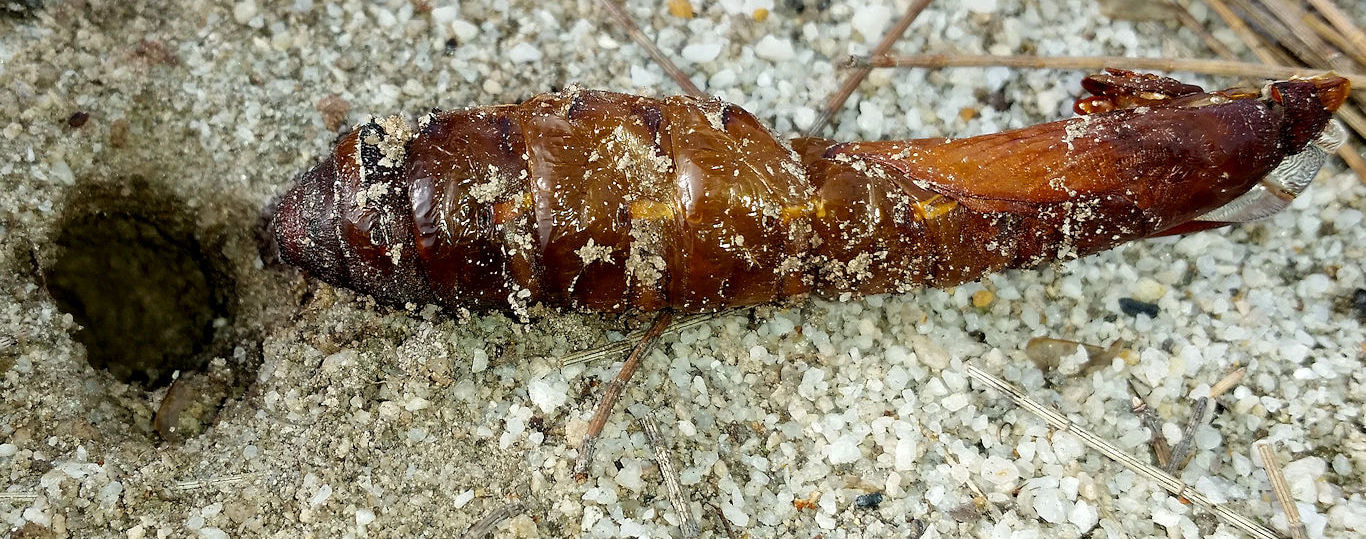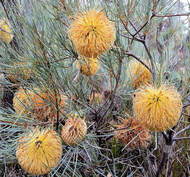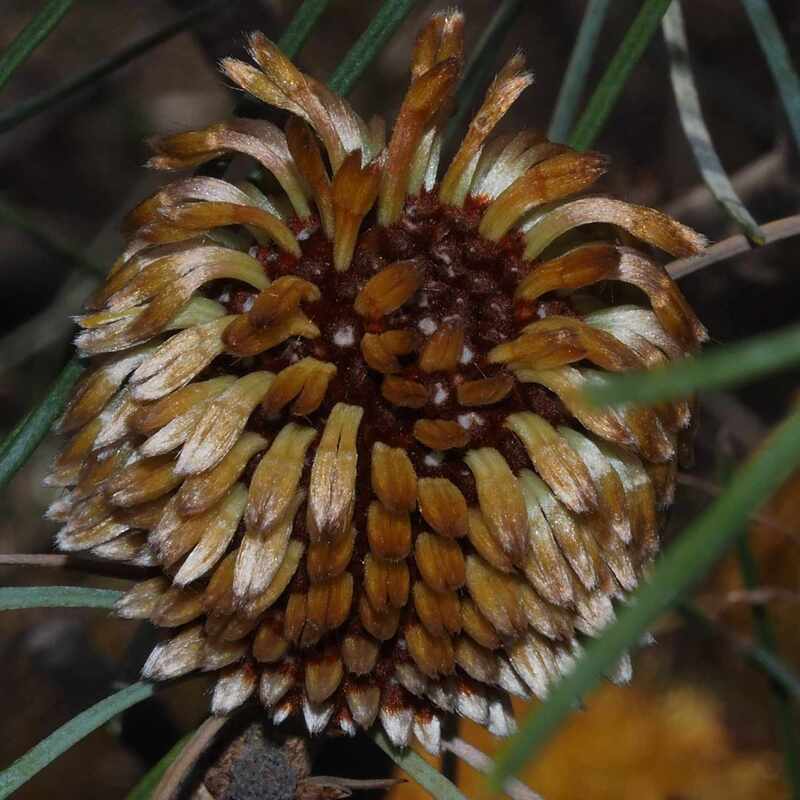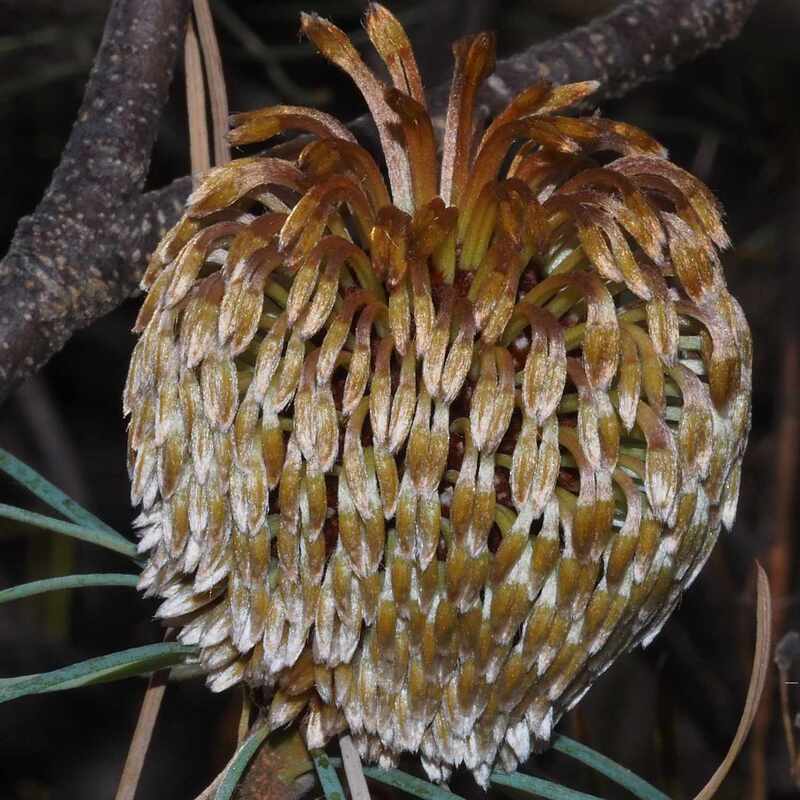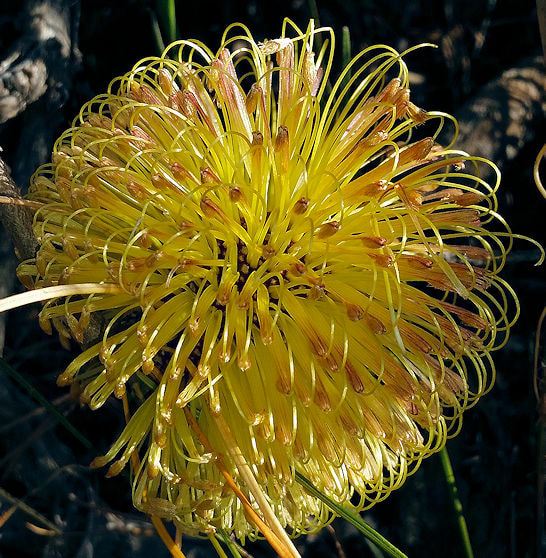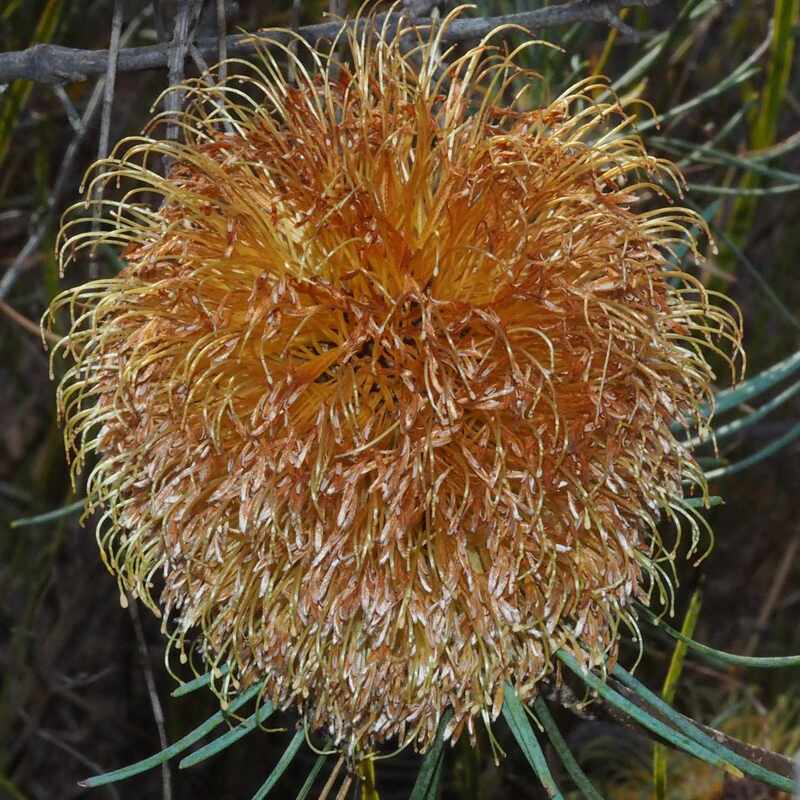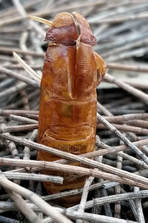 Watch out Putin!
Watch out Putin! May 2022. This morning I found a female ghost moth in its dying throes.There must have been a flight last night. For years I have only found large pupal cases sticking out of the soil like mini-missile silos.
In 1972 the famed naturalist Vincent Serventy wrote a fascinating account about camping in the bush on an April rainy night.
“I saw two glowing reddish spots at ground level………a giant grey moth frantically beating its wings. It flew off grey and ghost –like. The first moth was the herald of thousands. Soon the sky was filled with fluttering wings. …………The next night came and not a moth was to be seen. The busy ants had removed all traces of dead insects. Had we not been lucky to arrive before the rain, there would have nothing to indicate……the frantic flights of the night before, the excitement of love, mating, and death, all compressed into twelve hours”.
He could have been a great romance novelist!
I found pupae under sheoaks and Banksia sphaerocarpa/Calothamnus kwongan.
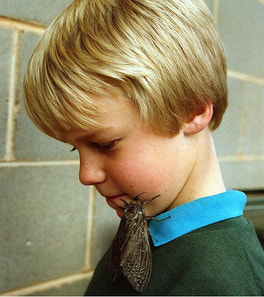
The kids loved them. Andrew adopted one as a pet and it spent the night in his tent.
Unfortunately next morning he took said moth outside and it flew slowly upwards before being snapped up by a crow, that then retreated from an onslaught of stones hurled by one enraged boy!
More information
http://en.wikipedia.org/wiki/Witchetty_grub
http://amo.ala.org.au/gallery2/main.php?g2_itemId=18544
http://lepidoptera.butterflyhouse.com.au/hepi/atripalpis.html
